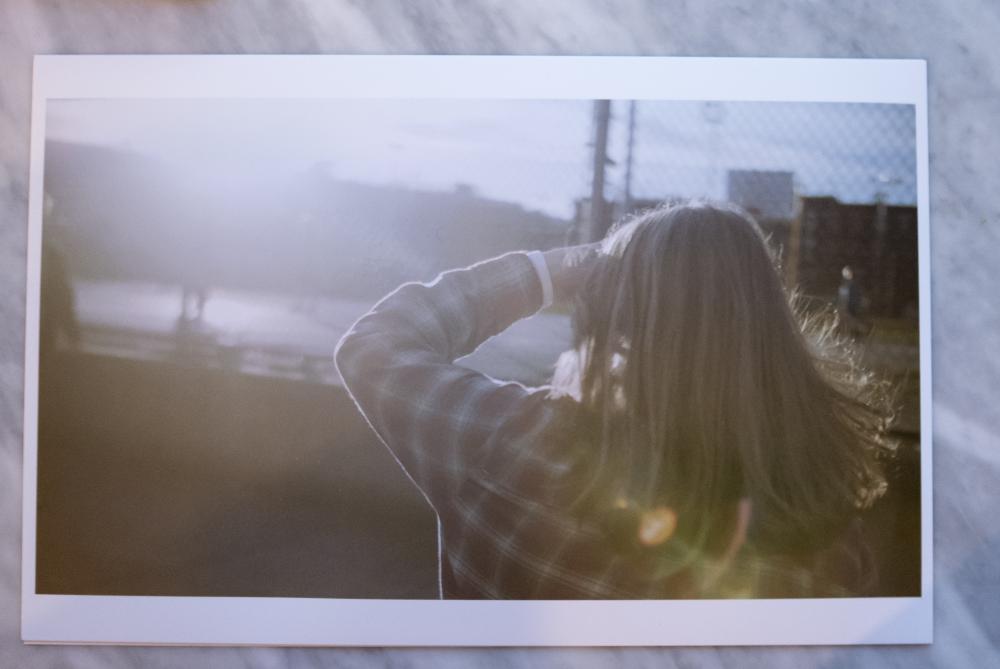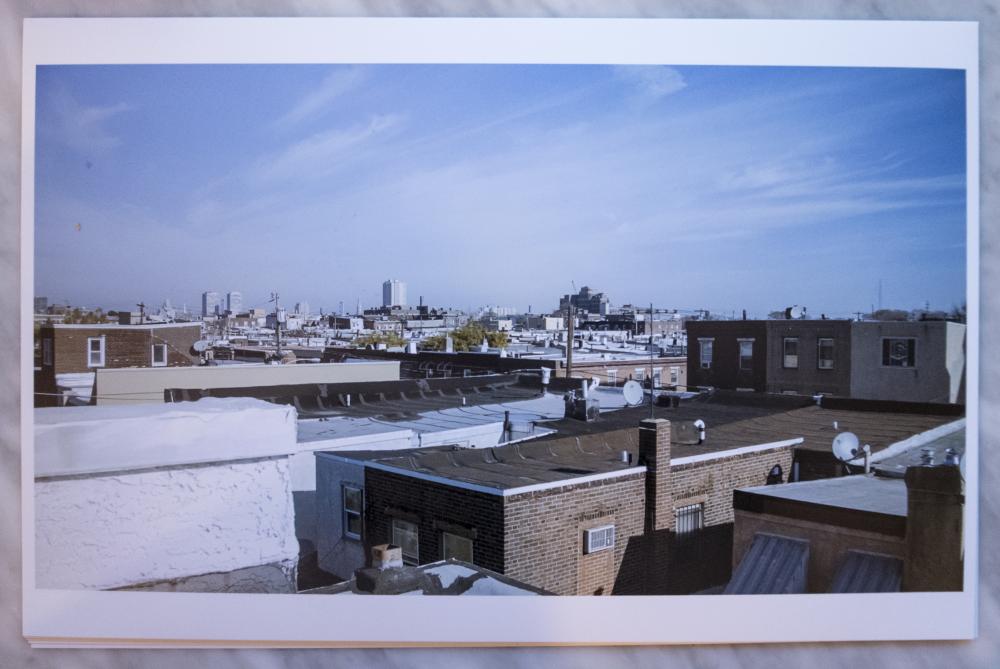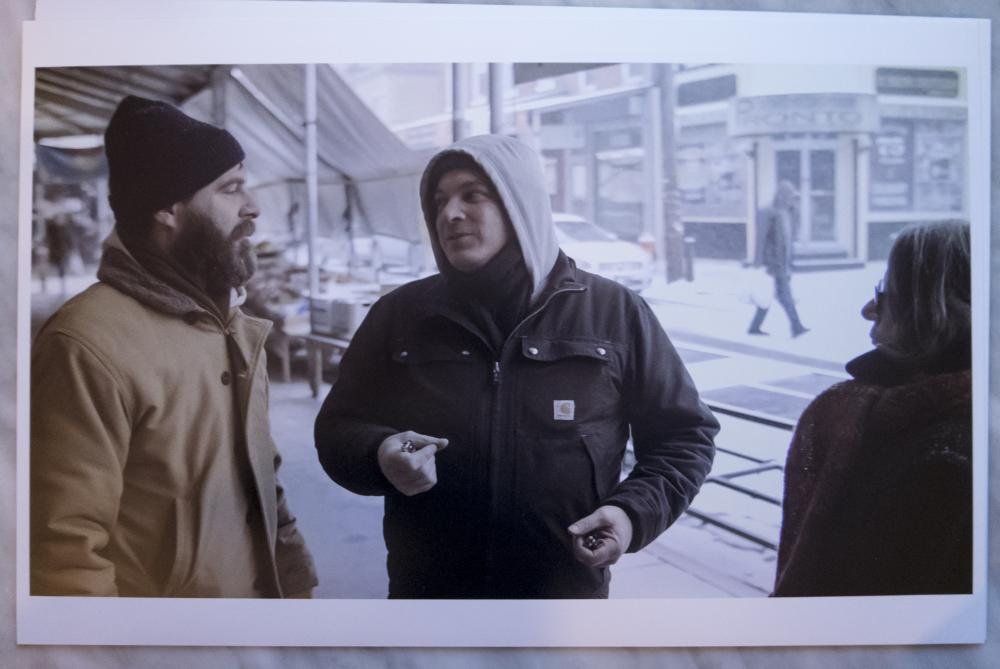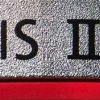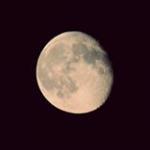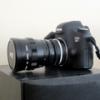Leaderboard
Popular Content
Showing content with the highest reputation on 12/09/2015 in all areas
-

Print from BMPCC DNG
andrgl and 3 others reacted to Turboguard for a topic
4 points -

A few musings on what I missed in my month off from EOSHD!
TheRenaissanceMan and one other reacted to Andrew Reid for a topic
The high frame rates aren't a patch on the RX100 IV but the colour, resolution, quality of the 1080/60p/24p overall is really very good. Dynamic range is good, more in keeping with a DSLR than a compact but there's no S-LOG, so 1-2 stops less than the RX100 IV can manage. Apart from that it is really like an interchangeable lens mount on the RX100 IV... and nicer ergonomics actually.2 points -

Why 8K will not eliminate the boundary between stills and video when it comes to technique
Don Kotlos and one other reacted to Andrew Reid for a topic
Yes shutter speed is, but that part isn't hard to fix is it? If you're shooting stills with a video camera, just select the desired shutter speed. If you're not trying to deliver video, just stills, then it's not a problem. If you're trying to do both at the same time & you're using 1/50 for crazy fast action, it's likely the wrong choice anyway. 180 degrees shutter and 24p doesn't suit ALL. I disagree with you I'm afraid Ebrahim as like I said in the article I think the technology or stills & video will merge. Firstly it will be global shutter for both stills and video as standard soon and the mechanical shutter will be obsolete, as will a rolling shutter. We're nearly there... few more years. It won't hurt image quality at all in 2018. Look at the Sony F55 global vs F5 rolling for instance. We're almost already at a point where a global shutter's impact on low light is minimal. The sensor for that camera was developed before 2014. Again it depends on the technology of 2018 not of 2014. These are also all fixable in future. The technology is merging, like I said in the article, but the technique is not really the same for going about capturing the content. A7R II's on-sensor phase detect speed at it's best is easily a match for any professional DSLR! Panasonic GX8 contrast detect system is as fast as a DSLR with many of Panasonic's lenses. EVFs are coming that will blow your socks off. Seen the one in the Leica SL? The mirror assembly is definitely going to be obsolete soon. Nah it's not Again an easy technological problem to fix in future. Soon even REDs and Arris will have small batteries as their processing efficiency increases. You see how thin laptops have become? That is all due to lower power consumption. Same trend is seen across all semiconductor technology. Who says what Panasonic, etc. will produce will be huge? Might be a GH4 style body! Cost of storage is actually coming DOWN.2 points -

Why 8K will not eliminate the boundary between stills and video when it comes to technique
iamoui and one other reacted to Zach Ashcraft for a topic
I'd take 1080 raw over 8K any day of the week2 points -

Print from BMPCC DNG
Liam reacted to Turboguard for a topic
I don't know if this makes sense to upload a jpg of the prints. Also it's already dark here and I don't have good lighting in my apartment (I like it dark haha). But yeah, took a pic of 3 of them. They're all 17x11" printed on Premium Luster paper on a Epson 3880 I believe. EDIT; I'm gonna retake them tomorrow during the day for better images of the images, hehe.1 point -
Panasonic developing 8K sensor for consumer and broadcast cameras
TheRenaissanceMan reacted to trifin for a topic
I ought to have updated my profile - I shoot a lot on the Nikon 5300 at the moment. I keep the 5d for when I feel like it (a bit of full frame love). Also nice for timelapses etc and yes raw. I know it's been discussed to death but higher resolution isn't really innovating. Or maybe it is? But for me, as an artist, it doesn't seem that compelling. I don't mean that in a filipant way - when was the last time you thought your stills cam needed more MP? For me and video; 4k capture would be more than enough (1080p output).1 point -
Eventually, the sensor will merely read the available information (light and sound [temperature, smell etc???]) and send it to a storage device. That's the "camera" part done. Neither "video" nor "still". The interesting and creative bit is simply what one chooses to do with that information. Some will select an instantaneous moment (a still) or a period of time (video). Indeed there is no reason why they can't be combined. This is the point at which the technology becomes irrelevant - it records "everything" by default. The artist will be able to focus exclusively on the art... But I think we have a few years of mega(pixels/DR/iso/etc.)-wars ahead of us first! Tim1 point
-

Why we should use color charts
AaronChicago reacted to Nicolas MAILLET for a topic
I can advise you to use the latest 12 version... Just some pleasure to deal with... Really efficient concerning light adjustments thanks to powerful waveforms and a mind blowing tracker tool... No way i turn back to AE now... Resolve is just so much powerful. Give it a try. Anyway, i don't know if a plugin like this exists for AE. Sorry.1 point -
The hw part that is evolving the most in these times are the ssd. Imo in three years from now we'll have some very fast ssd to be connected via super fast interfaces to video cameras. 500+ mb/sec will becone common and also big capacities, say 3+ tb for about 300€. Of course those won't be sd cards...1 point
-
How I think this would work, in still mode.... have x amount of seconds of 8K video (compressed raw) constantly rolling into the buffer, but allow the photographer to use the shutter to pick the moment with the shutter, storing the previous X seconds of video and the X seconds of video after the shutter press. This would give the photographer that passion to capture the moment, would create the excitement of the shutter that models feed off, but also give a short "video frame burst" to run through in post that would almost certainly contain the perfect moment (probably within a millisecond before or after the shutter click). It could also store a raw still image of the exact moment the shutter is pressed too. That's a feature I would love.1 point
-
I have already been down this road for several fashion shoots. It is absolute hell to edit. One day of shooting, four days of editing. The loss of time in post production is the single greatest reason why the concept does not in any practical way work. Perhaps the on set photographer may lose their jobs eventually, but for the rest of us taking stills is a far more effective workflow than pulling from video.1 point
-

Raven Footage
andrgl reacted to AaronChicago for a topic
i wouldn't call it a budget camera. $10,000 is a pretty penny these days. Plenty of mid to high level productions will use it im sure. Even as a B cam to an Epic.1 point -

Sony HDMI output and the case of the waxy skin
elgabogomez reacted to dishe for a topic
I use an Atomos Ninja 2. I think the output is standardized to be 60hz but there is a pulldown applied that the recorder seems to know how to deal with. Recorder and camera were set to 1080/24p, and the footage when viewed on my desktop in post accurately shows 23.97fps (and looks great). I don't think the camera or recorder supports 60p over HDMI. 24 and 30 seem to work fine (NTSC user).1 point -
andrew i agree with the premise of your article: this idea of stills/video "convergence" is just hot bullshit. marketing bullshit. ykno.... some say that "COLOR" was actually a pretty sexy marketing term back in the 20th century....... > fun story about "Ks" when ppl come in my office for the first time, and i know them to be somewhat knowledgable about video, my new thing is to have then sit down to watch "SOME 4K VIDEO ON MY NEW TV!" i dim the lights and play some clips. i point out the detail... "Do you see all this? Its so clear!" ppl are always amazed then i tell them that what i said originally was a little misleading... theyre watching 4k video on my 1080p plasma their reaction is always the same...... a gradual, creeping, soul enveloping confusion1 point
-

Sony A7S II Review Part 2
Stefan Antonescu reacted to Andrew Reid for a topic
That is coming soon as well! I am now using V-LOG, it's pretty good. When I find time will write more about it.1 point -

Why we should use color charts
Ed_David reacted to Nicolas MAILLET for a topic
Yes there are some problems with 8 bits when trying to correct colors. But this is in extreme correction only, when white balance has not been adjusted correctly when shooting. when we have to work with this kind of codec, we take time to double check the color temperature, triple check when outside... Our sekonic and our color checker is out for every shot... As we say nearly everywhere : check twice, shoot once. so yes, i agree, sometimes some colors go crazy when using resolve's color correcting tool, but manual tweaking can do a good compromise though in these rare cases. I prefer tweak hard in rare case than doing an approximation work in every shot. In fact we always trust in our color checker better than in our sekonic... And cameras have their own calibration that biases colors too. It is not only an 8 bits codec matter.1 point -

Raven Footage
andrgl reacted to AaronChicago for a topic
What other company has done this though? I can't think of any other promo that looks that good. Canon, Panasonic, Samsung, all botch theirs in a "professional environment". Sony has had a couple of good ones for the higher end cameras.1 point -

Why we should use color charts
Ed_David reacted to Nicolas MAILLET for a topic
That's what i'm saying about A7SII colors using the color checker... i see no problem at all with skin tones and other colors... they are just really accurate !!!!! I'm using it every time i shoot some serious work... all cameras. F5, BMCC, RED epic etc etc... and with the A7SII i purchased few weeks ago, no problem too. I never ever used LUTS as they're almost always making some things i don't like on footage. Ed David i 100% agree with your post.1 point -

Print from BMPCC DNG
kaylee reacted to Turboguard for a topic
I don't know if anyone is still interested in this but I printed a collection of 12 images in 17x11" and the images look gorgeous. The sharpness and detail is so crisp and nice and when I had a small showing of the images to some photographers they said they were really impressed these images coming from 2Mpix files. All I did before printing (after initial color correcting) was to resize the images 200% in ACR. Again, if someone is interested I can take some pics and upload of some of the printed images.1 point -

best clamp for a kowa 16s?
Jim Chang reacted to Ian Edward Weir for a topic
There are other alternatives but Redstan's clamps will get you closest to you taking lens. They are also the easiest to use, the safest being your anamorphic lens will not fall to the ground when your adjusting your alignment, and the sexiest in my option. You get what you pay for. Redstan is the man and his clamps are amazing but if you are in a crunch for time and money, Jim at Rapidotechnolgy could have a alternative. http://www.rapidotechnology.com/1 point -
Some temple scenes shot in 4K on a Samsung NX1. Handheld using the Samsung 16-50/2-28. Gamma DR, Contrast -5, Master Black Level +10. Film Convert (Red / Epic X / Redgamma 3 - Fuji Astia 100). FCPX. Music is "Shanghai Dream" by Christopher Ashmore. Some of it turned out OK, but some spots I think I missed focus and other parts came out over exposed. 4K version .... https://www.youtube.com/watch?v=qTV2EnP0YM01 point
-
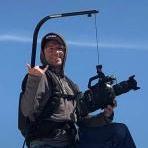
Adobe Premiere Pro CC Now Supports H.265 NX1 Files
BrorSvensson reacted to Geoff CB for a topic
I can echo this, blacks are crushed. I've set the camera to 16-255 to fix it, but I would prefer not needed to.1 point -
ISCO-Gottingen Animex S/8 2x?
redimp reacted to Bioskop.Inc for a topic
The fixed @ 4m comes from the lens itself (on the top it just has 4m written in white letters) & extensice testing has shown this to be absolutely true - its at its sharpest when the taking lens is set to 4m. All this info is based around the Iscomorphot branded s8/x2 & maybe the Animex version was an earlier incarnation, where they thought you could project between 3m to Infinity and then changed their minds with the Iscomorphot lenses (finding 4m to be the optimum). You've got to remember that these are s8 projector lenses & I would hazard a guess that you wouldn't need to project the image at a distance further than 4m. As far as filming is concerned, 4m is a pretty good distance away from your subject & I would say that you could try pushing it to 5m (you'll need to test this yourself). To focus through the lens, I can only suggest what I do with the Isco Widescreen 2000 - stop down the taking lens & put a weak diopter on the front, in order to sharpen the image a little (you'll only get about a 2m racking distance, if you're lucky & it'll be more discrete). If you do want to try to shoot at Infinity, you'll have to close down the aperture on the taking lens (quite a bit actually) & that would mean low light shooting is completely out of the question - unless you've got really strong lights to counteract the f stop. Your purchase of the s8/x2 has encouraged me to go back to some footage that i shot a while ago & I am now in the process of editing it up into a short film. The video below was the first test sequence that i put up - Canon 60D, Helios 44-2 (shot wide open @ f2), Iscomorphot & some diopters (the de-squeeze is all wrong, should have cropped): https://vimeo.com/412137611 point -

Raven Footage
TheRenaissanceMan reacted to kaylee for a topic
tbh i was gonna make an analogy about jarred land and david miscavige but i decided not to1 point -
because its focus in near distance, you need let it to focus at infinity. You can try adding a negative diopter in rear or front to do that. Imo, it should work.1 point
-
If you crank the dial to 11 and leave it there, it loses its meaning/impact. Nothing wrong with using color saturation judiciously, but its ever-presence in season 2 pulls me out of the story. Not so much that I won't stop watching, but enough that I'll complain about it1 point
-
NX1 Outside the city in 4k
teddoman reacted to Jesse Anthony for a topic
I took my nx1 and a slider around a few places just outside Toronto. All filmed and edited in uhd 4k, shot flat with Gamma DR with tweaked settings and added Lut's and color grading added in post.1 point


